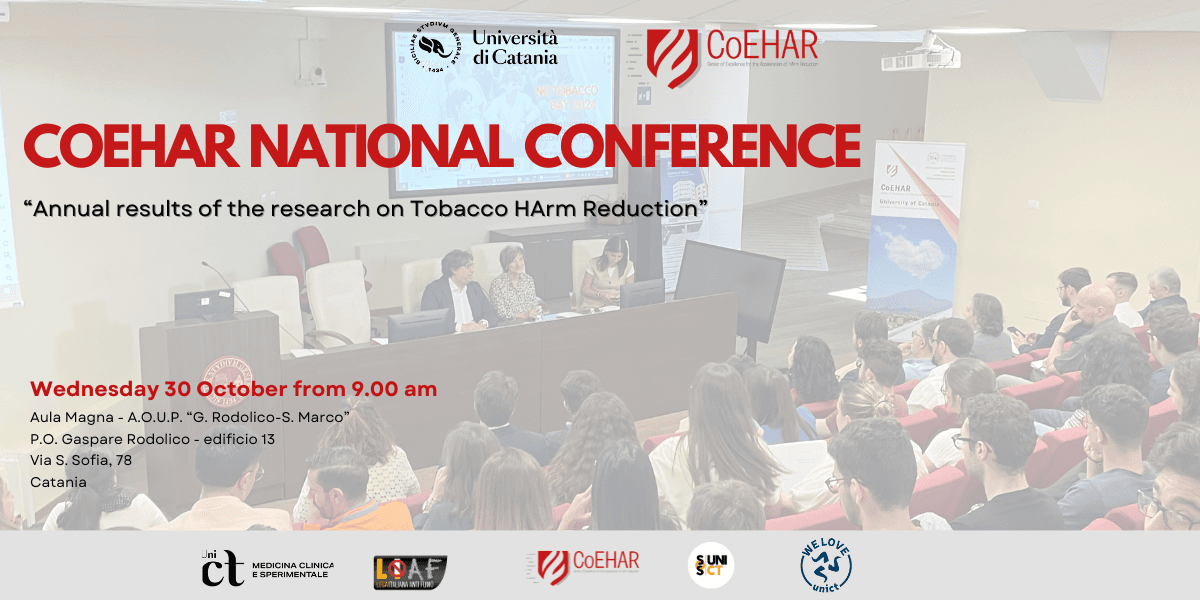This Correspondence is a response to a recent research study by Lee et al. published in Respirology (doi/10.1111/resp.14113). It is accompanied by a rebuttal and response by the authors of the research study (doi/10.1111/resp.14181). Both communications pertain to a study of vaping and detrimental effects on lung function. The policy of Respirology is not to publish research from authors who are associated with organisations that accept funding from the tobacco and vaping industry and the journal is not diverting from this policy. This Correspondence does not present new research findings but we are of the opinion that it raises legitimate scientific questions about the published work by Lee et al. For a robust discussion to be freely conducted on the scientific merits of the published work, it was deemed essential to publish this Correspondence and associated Reply. The relevant disclosures of the authors of the Correspondence are clearly stated and research and other funding from tobacco and vaping industry sources are unambiguously identified. We therefore leave it to our esteemed readers to make their own judgements on this noteworthy and contemporary debate.
Philip Bardin and Paul Reynolds
Co-Editors in Chief, RespirologyTo the Editors:
The study by Lee et al. seeks to establish much needed information about the association between vaping and asthma and lung function in a sample of 519 Australian adults.1 The authors reported no significant associations with asthma symptoms, uncontrolled asthma (Asthma Control Questionnaire-7 > 1.5) and spirometry, but found associations with self-reported asthma, chest tightness and airway reactance. We would like to raise some concerns about the significance of these findings.
- Sample size of daily vapersIn this study, reported associations rest on a very small number of cases. Only 5–7 vapers are likely to have vaped daily, making the findings of questionable value as only daily exposure is consequential. The frequency of vaping is not provided; however, the 2019 National Drug Strategy Household Survey found that only one in four current vapers and 10% of ever-vapers vaped daily.2In this study, it is therefore likely that only 2–3 out of 10 current vapers and 3–4 of the 36 remaining ever-vapers had been daily vapers. Multivariate analysis on such small numbers will produce inaccurate results.
- Clinical significanceWhile 10 respiratory symptoms were included in the logistic regression analyses, only one showed a statistically significant difference between the ever-vapers and non-users, and no adjustment was made for multiple comparisons. This makes correct computation and interpretation of the results highly unlikely.The authors selectively reported only positive forced oscillation technique (FOT) measures—more negative reactance at low frequencies (X5) and the associated area of reactance (Ax)—and ignored the absence of a difference between groups in R5 − R20 difference (a common FOT index of peripheral airflow obstruction that surely must have been measured along with Rr5). Their conclusion that e-cigarettes may have potential adverse effects on lung mechanics is not supported by the evidence.Moreover, the claimed findings of respiratory harm are not consistent with clinical studies showing improvements in patients with asthma who have switched to daily vaping3 and randomized trials showing improved respiratory symptoms.4
- Confounding by smoking statusThe authors claim to have controlled for smoking status. However, almost all of the ever-daily vapers in their study were current smokers or former smokers and differences in this important confounder can never really be completely adjusted for in statistical analyses. It is far more likely that, if a biological effect is identified, it was caused by smoking.
- Inadequate study designThe cross-sectional design of the study lacked the necessary temporal sequence between cause (i.e., vaping) and effect (i.e., disease outcomes). No conclusions about causality can be reached.
- Reverse causationThe possibility of reverse causation must be considered. For example, smokers with respiratory symptoms may try vaping because they have heard that it might provide some relief.
- E-cigarette, or Vaping-Associated Lung Injury (EVALI) misrepresentationThe authors correctly identify that EVALI was caused by vitamin E acetate in tetrahydrocannabinol vaping, but push for e-cigarette policy change based on EVALI where there is no connection.In conclusion, better quality research is needed to provide quantitative estimates about health risks and benefits of e-cigarettes.

